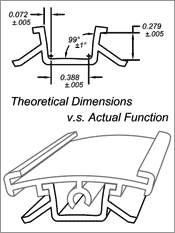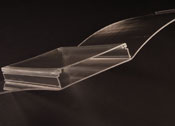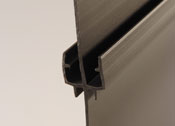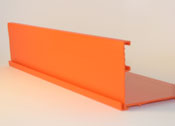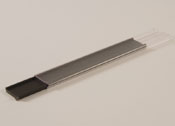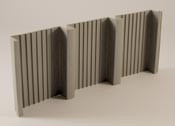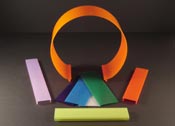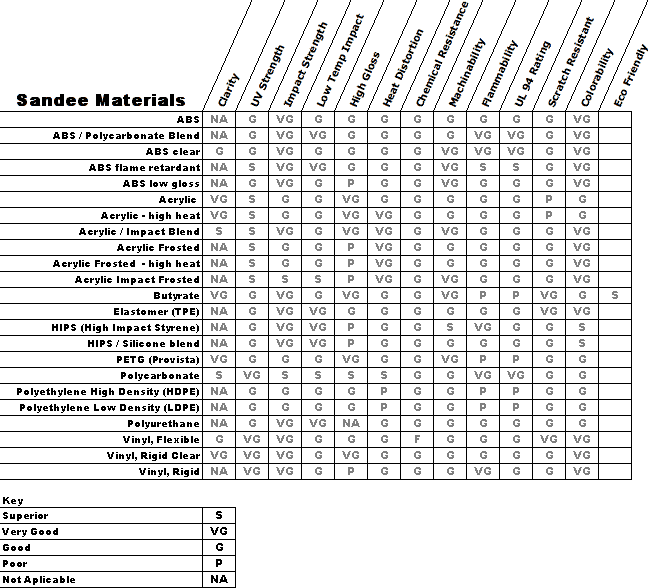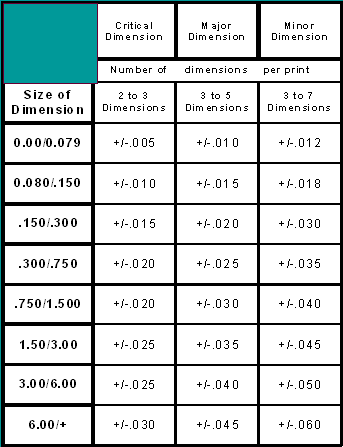| HomePlastic ExtrusionsMotion Mat®Safe Surfaces™Product GalleryAbout Sandee |
| Overview Extrusion Art+Science "Plus" Processes Industries Served Material Options Product Gallery Standard Profiles Exclusive Products FAQ |
The art and science of extrusion.
There's a lot riding on every job you specify. That's why our engineers, profile designers and production professionals offer their extrusion experience to work with you to develop the solution with the design and the materials that deliver best for you.
Focus on functionality.
Our philosophy is quite simple: deliver quality parts that meet the customer's needs. While this may seem like common sense, it's not always the standard for our industry. Extrusion companies often spend lots of time trying to produce extrusions to unnecessarily tight specifications that have no effect on the suitability of the part.
When you design a part, you know exactly how you want it to function. In order to achieve that functionality, you may place tight tolerances across many dimensions. If all mating parts from all vendors arrive exactly like the print, the parts will work together as designed. We have found this method of design assurance to work well with machined metal or injection-molded plastic. However, our more than 65 years of extrusion experience has shown us a more economical means of satisfying the specs—and the customer. Produce to the end, not the means.
Instead of spending your time and money chasing the means to an end, we focus on the end itself—functionality.
Our sales and engineering teams learn as much as possible about how your parts are supposed to function. Once we know how the extrusion works, we create a print and send it to you for approval, to ensure that both companies expect the same things from the part. Since plastic extrusion is an "in-line" continuous process, we'll change theoretical dimensions to be easily measured with hand tools and apply tolerances based on critical-to-function areas. Finally, notes and diagrams that describe the assembly or function of the part are added to the print. These notes override any conflict with dimensions or tolerances. Whatever it takes to make it work right.
Let's say, for example, that the extrusion must slide into an injection-molded cardholder. If the cardholder is large, but within tolerance, and the extrusion is small, but within tolerance, you may not get the kind of fit you'd expected. Nobody wants an assembly that's technically correct but functionally worthless.
The notes on our print tell our operators that it's more important to adjust the part to match the cardholder than it is to match the tolerance range on the print. Whenever possible, we get the actual mating parts for production runs. If the parts aren't yet available, we can use a print or design of the mating pieces to build our own gage. This method has successfully reduced the time necessary to get acceptable extrusions into your hands. We understand that sometimes there's no alternative to the "many tight tolerances" approach. When this is the case, we must allow for more trial-and-error runs (die tries) until the tooling is completely tuned in. Yet by focusing on functionality, we can often save you time and money. |
|
| 1-800-669-6363 HomeLegalCareersSite Map | ©2010 Sandee Manufacturing. All Rights Reserved. |


